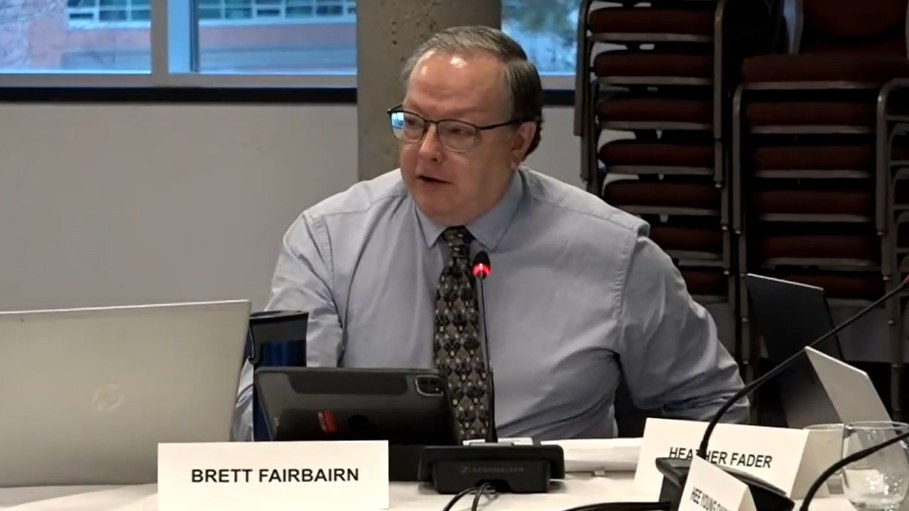A recent TRU report reveals that the university contributed over $2 billion to the provincial economy during the last fiscal year. According to officials at the Oct. 4 Board of Governors meeting, this was shared at a time when spending needs to decrease due to future deficits that are otherwise expected.
TRU’s regional impact report showed that the institution employed over 1600 employees during 2023-24, contributing an estimated $885.5 million annually to the regional Interior economy and $2.2 billion for the province. Lightcast, a third-party consulting firm, created the report.
These figures include construction, student spending, operations, alumni contributions and other avenues that TRU affects.
“Beyond direct and indirect economic impacts, TRU also enhances the livability and desirability of Kamloops and every community where a graduate settles,” TRU President Brett Fairbairn said.
While the university highlighted these positive findings, separate financial concerns were highlighted at the most recent university board meeting. Although the university’s first-quarter forecast sees TRU projecting a surplus of $5.5 million, things change in quarter two.
“Everything we expected to be true in March, when the board approved the budget, shifted dramatically,” explained Matt Milovick, TRU’s vice president of administration and finance. “As we look into 2025-26, we’re looking at deficits if we do nothing. And, of course, we won’t do nothing — we will do something.”
These financial concerns are linked heavily to declining student enrollments according to the president.
“Fees that the university gets from students are our largest category of income,” Fairbairn said. “TRU is substantially a student-financed educational institution, and changes in student numbers directly affect our finances.”
It’s unclear what specific actions the university will take to ensure a balanced budget; however, various options are on the table. Fairbairn said that TRU would consider repackaging and expanding programs to improve the financial outlook. Milovick pointed to other potential avenues to cut costs.
“We have a number of strategies we need to employ to bring us to balance,” Milovick said. “[TRU faculty] will have to decrease their expenditures in budgets… it will be rapid and swift, I think, over the next three or four months.”
Milovick said the university is not just financially in the red; he explained it is “redder than red.”
“We’ve never been here before. This is new territory for us,” he said.
These statements come as the university has recently broken ground on multiple projects and plans further growth in the coming years.
Although changes are expected, TRU officials say they want to protect the educational opportunities currently offered.
“It’s not a university’s mission to cut costs. It’s a university’s mission to educate people, and we very much want to keep that idea in the forefront,” Fairbairn said. “It’s not only about financial restraint. It’s also about academic program innovation.”

